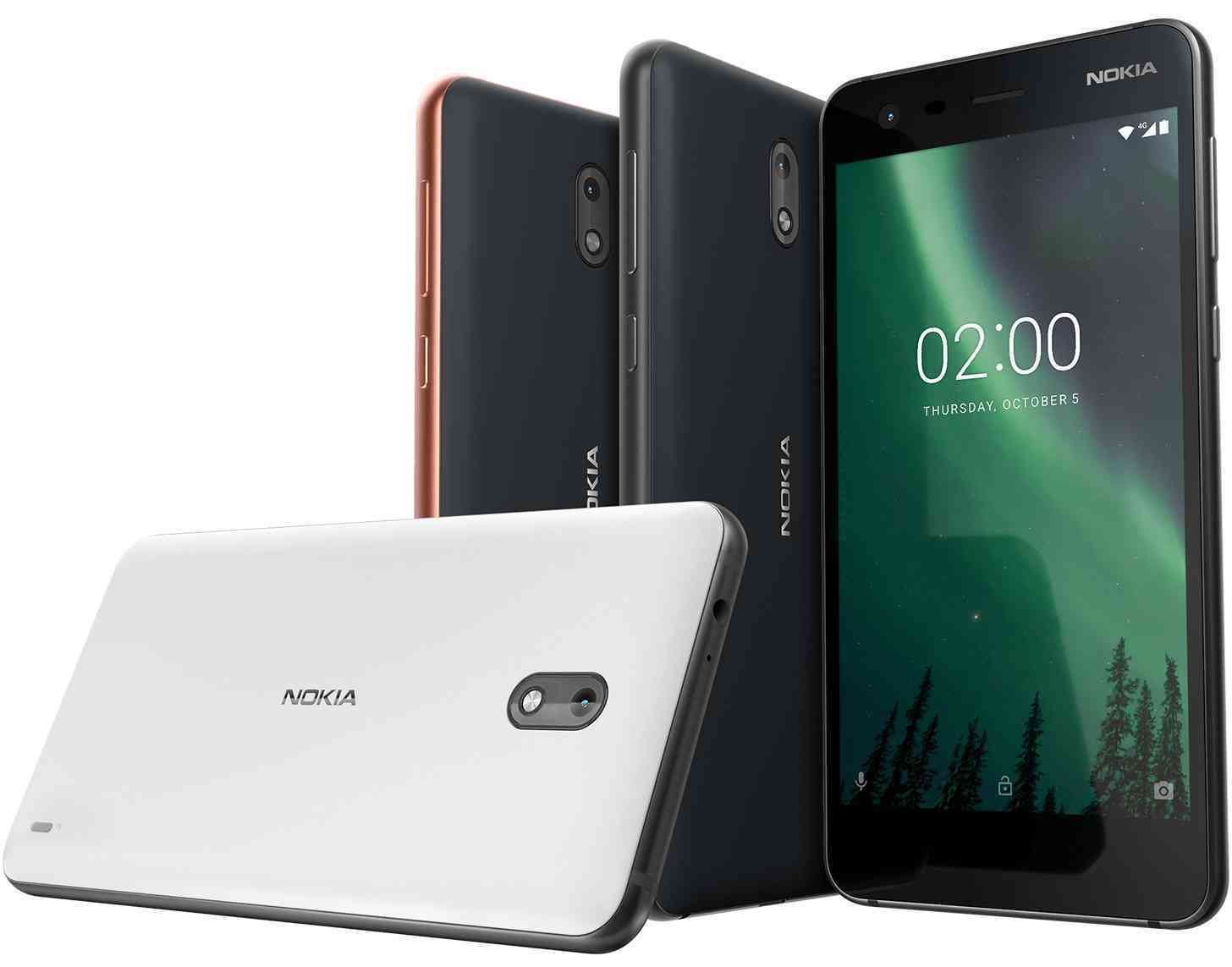
This time last year, one of the most anticipated events coming to mobile was the return of our beloved Nokia devices, free from the grasps of Microsoft who nearly ran its reputation into the ground and into the arms of HMD Global, a company comprised of former Nokia executives. But just because a company makes “a comeback” doesn’t mean that it will return to its former glory days without question; just look at BlackBerry or HTC, for that matter. Point is, it doesn’t always work.
And it still might not work out for Nokia, despite HMD Global going all in during its first year back with a solid five-phone lineup, with three more purportedly on the way in early 2018. The company is ambitious, to say the least.
So far, I think it’s working out well. The lineup is solid and includes devices of all types, from the low-end Nokia 2 to the high-end Nokia 8, with mid-range options like the Nokia 3, 5, and 6, filling in the middle. The prices also reflect the “something for everybody” idea the company appears to be going for, with the Nokia 2 costing a mere $99. Even the Nokia 8 can be purchased for less than $500 – far cheaper than many flagships in 2017 cost, some of which top an astonishing $1,000 after taxes.
The momentum is there. The prices are good. You even get “Pure Android”, which is something not many manufacturers use, but it will be interesting to see if that momentum will be enough to keep the Nokia brand going through 2018 and beyond.
I think the reveal of the Nokia 9 will be a telling sign of what’s to come. There are two things I think the 9 will need to truly compete with top-tier flagships: a bezel-less display and a headphone jack (along with the typically expected flagship specs, that is). Bezel-less displays quickly became a hot commodity throughout 2017, but the feature was still so new that I believe consumers were willing to overlook devices that still had larger bezels, simply because they’re still used to having phones look like that. Next year, however, I’m not as confident such a decision would hold up well next to an extensive lineup of bezel-less devices.
Removal of the headphone jack has alarmingly become more commonplace over the past year as well. It’s weird because to me it seems like simply including one would make for an easy selling point. No special connections, no dongles, no problem, right? Apparently, it’s not as cut-and-dry as that, though, and rumors state that the Nokia 9 may very well be missing the headphone jack. And maybe it’s just the people I hang around with, but I don’t know a single person that has been legitimately happy that the headphone jack is going the way of the Dodo.
On the other hand, even if the 9 somehow turns out to be a total flop, all is not lost for a Nokia success story. I’m still impressed with what that the Nokia 2 offers for $99 (it even has Android Oreo), and their mid-range devices are pretty great for a good price as well. A company does not need to have a wildly popular flagship to succeed in the mobile industry (see: Moto). In fact, I would say that mid-range options would suit most people’s needs more often than not. I could easily see Nokia becoming a common household name again on the low to mid-range end of things, but I wouldn’t mind seeing them succeed in the flagship range as well.
I hope for the best for Nokia, and they have had a solid start to their resurgence in mobile. I am still disappointed things didn’t work out for the brand on Windows Phone, because the Nokia Lumia devices were basically the only reason I ever wanted to check it out. Android is a much more competitive platform, but I think the Nokia brand still has enough spark left to make an impression over the coming years.
Readers, what are your opinions on Nokia’s return to mobile this year? Do you think the brand will see continued success in the new year? Let us know your thoughts in the comments below!